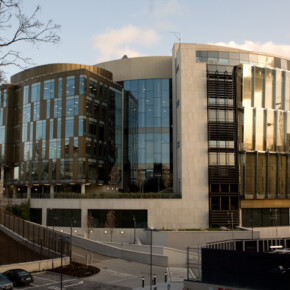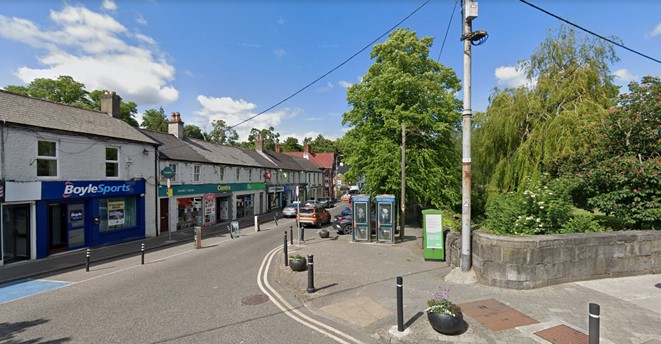New seafront cycle path for Sandymount set for six month trial
Padraig Conlon 26 Aug 2020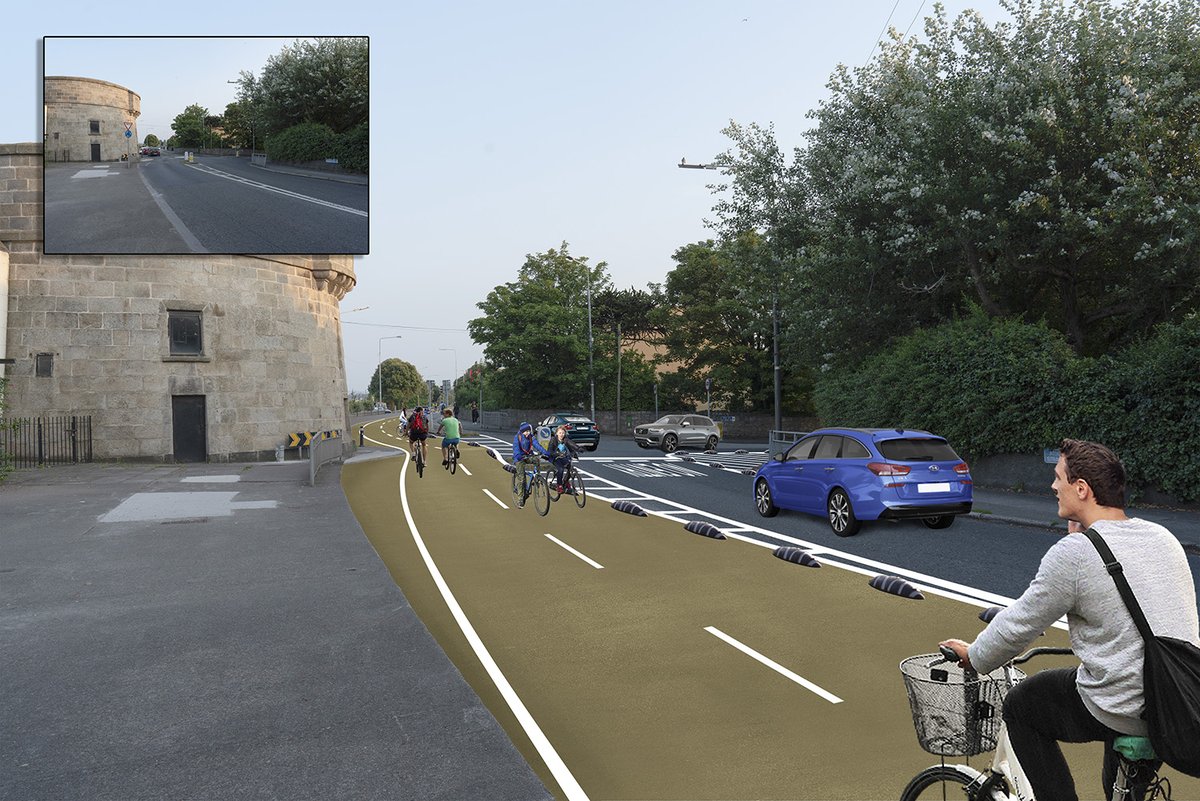
Plans for a proposed two-way cycle path in Sandymount have been sent to city councillors.
Dublin City Council is seeking input from the public on the plan which will run on a trial basis from the end of October for six months.
The introduction of the new cycle lanes will mean that cars will be reduced to one lane only on the main road along Sandymount Strand.
The traffic lane will use what is currently the inbound lane with the cycle route on the coast side.
A continuous and protected cycle track will run from Merrion Gates to Sean Moore Rd.
Protection will be provided by bollards and orcas in the first instance, which are easily adjusted.
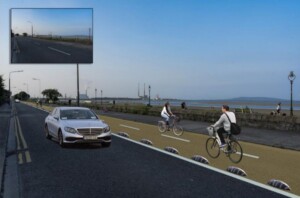
More permanent protection will be installed if the trial is successful.
The emphasis will be on ensuring that the level of protection is adequate to safely delineate the cycle route from the vehicle running lanes.
City-bound vehicular traffic will be banned with the outgoing flow limited to the building side of the road.
Two-way traffic will remain between Sean Moore Rd and Marine Drive to allow the number 18 bus route to remain as is.
The No 1 and No 47 bus routes will use Gilford Road and the current sea front car parks will remain.
With only 10% of traffic on Strand Road locally generated, according to Dublin City Council, a substantial amount of through traffic will be removed as well as HGVs and LGVs.
A right turn from Merrion Gates on to the Merrion Road will be put in place to facilitate access towards town.
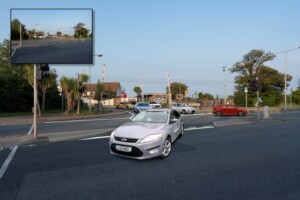
Providing cycle facilities while maintaining two-way traffic is extremely challenging, the council says, because the beach area is environmentally sensitive and an important natural heritage site.
Two-way traffic would also necessitate removing all current on-street parking, as well as reducing footpath size.
Most informal parking along Strand Road will remain and the changes are expected to considerably reduce traffic volumes along the stretch.
The six-month trial of the cycle path will be evaluated for adverse impacts with a view to a permanent arrangement.
Engineers say the momentum for the change comes from the pandemic, since public transport capacity is likely to be restricted for some time to come.
The move is in line with ‘active mobility’ policies to encourage walking or cycling for those within 5km (walking) and 10km (by bike) of their destination.


